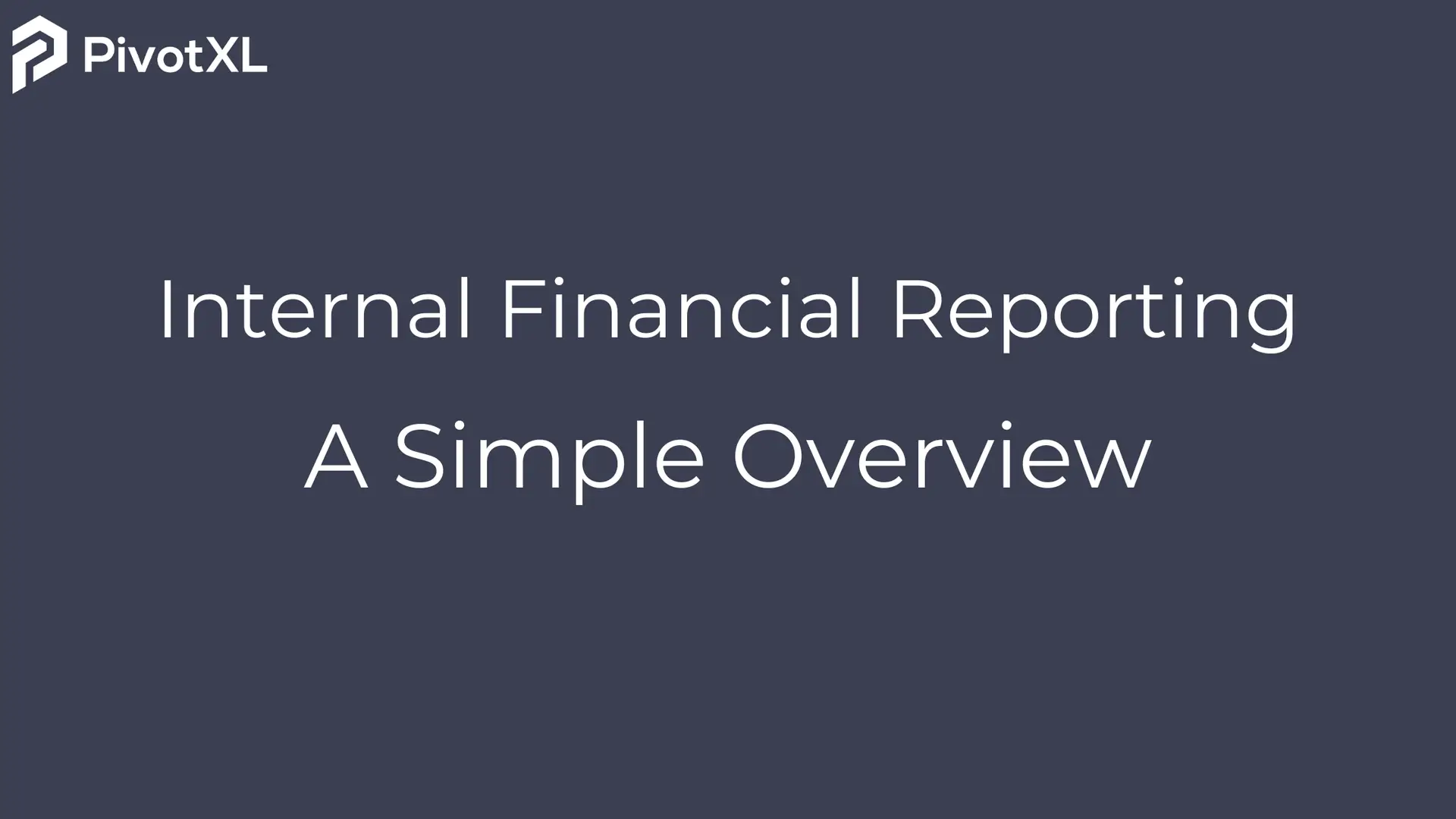Internal financial reporting plays a crucial role in the financial health and strategic decision-making processes of any organization. By providing accurate, timely, and actionable insights, it empowers management to drive business growth, enhance operational efficiency, and maintain compliance with regulatory standards. In this post, we’ll explore the fundamentals of internal financial reporting, its key components, and best practices to optimize its effectiveness.
What is Internal Financial Reporting?
Internal financial reporting refers to the process of preparing financial statements and analyses intended for internal stakeholders, such as executives, managers, and board members. Unlike external reporting, which adheres to standardized accounting principles for public disclosure, internal reporting is tailored to meet the specific needs of an organization’s leadership.
Key Components
- Budgeting and Forecasting:
- Provides a roadmap for financial planning.
- Tracks actual performance against projections, identifying variances that require attention.
- Profit and Loss Statements (P&L):
- Details revenue, expenses, and net income over a specific period.
- Helps management assess profitability and cost efficiency.
- Cash Flow Analysis:
- Monitors the inflow and outflow of cash.
- Ensures the organization has sufficient liquidity to meet obligations.
- Balance Sheets:
- Offers a snapshot of assets, liabilities, and equity at a given time.
- Aids in evaluating financial stability and solvency.
- Key Performance Indicators (KPIs):
- Focuses on metrics aligned with strategic objectives, such as gross margin, operating margin, and return on investment (ROI).
- Departmental Reports:
- Provides detailed insights into the performance of specific departments or business units.
- Helps in identifying areas of improvement and resource allocation.
Benefits of Effective Internal Financial Reporting
- Informed Decision-Making: Reliable data empowers leaders to make sound strategic and operational choices.
- Enhanced Accountability: Transparent reporting fosters accountability across all levels of management.
- Proactive Risk Management: Timely insights help identify potential risks and enable preemptive action.
- Regulatory Compliance: Detailed internal records ensure compliance with financial regulations and auditing requirements.
- Resource Optimization: Pinpointing inefficiencies allows for better allocation of resources.
Best Practices for Internal Financial Reporting
- Leverage Technology:
- Use advanced financial management software to automate reporting and reduce manual errors.
- Customize Reports:
- Tailor reports to align with the unique needs of various stakeholders.
- Ensure Data Accuracy:
- Implement stringent data validation processes to maintain the integrity of financial information.
- Focus on Real-Time Reporting:
- Adopt tools that provide real-time updates for quicker decision-making.
- Regular Training:
- Equip your finance team with ongoing training to stay updated on the latest tools and regulatory requirements.
- Collaborate Across Departments:
- Foster communication between finance and other departments to ensure comprehensive and actionable reporting.
Conclusion
Internal financial reporting is more than just a compliance requirement; it is a strategic tool that drives organizational success. By prioritizing accuracy, timeliness, and relevance, businesses can unlock the full potential of their financial data to achieve sustainable growth and competitive advantage.
Embrace best practices and modern technology to take your internal financial reporting to the next level. Remember, well-informed decisions today lay the foundation for a prosperous tomorrow.




